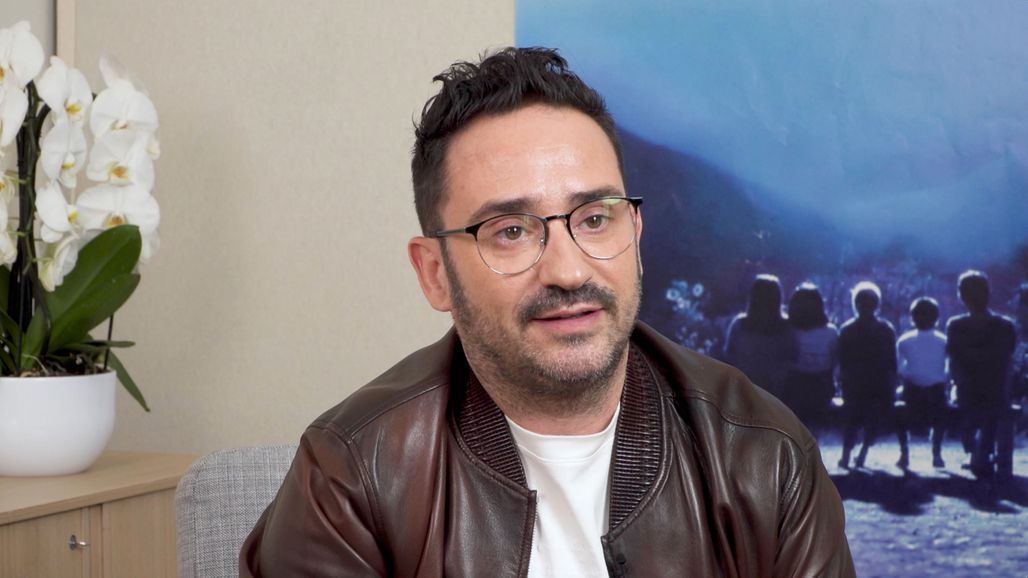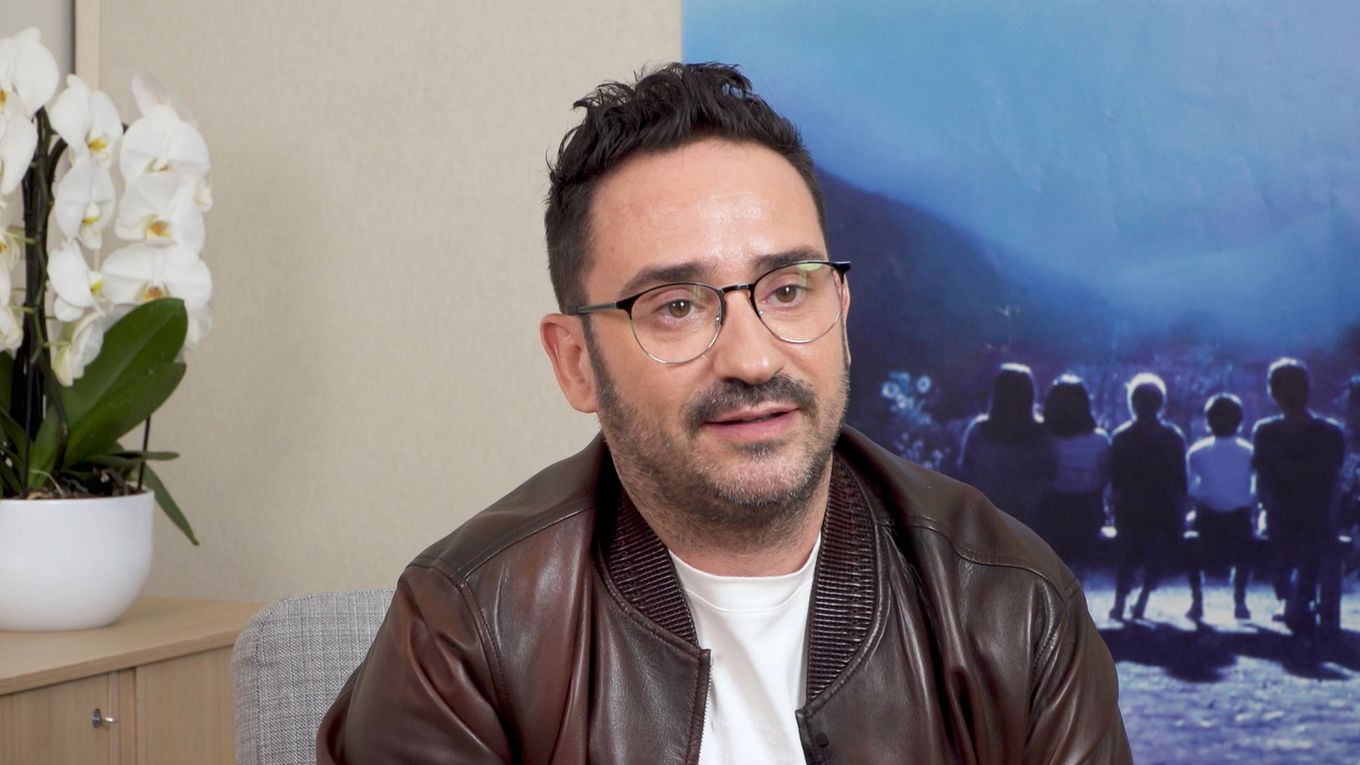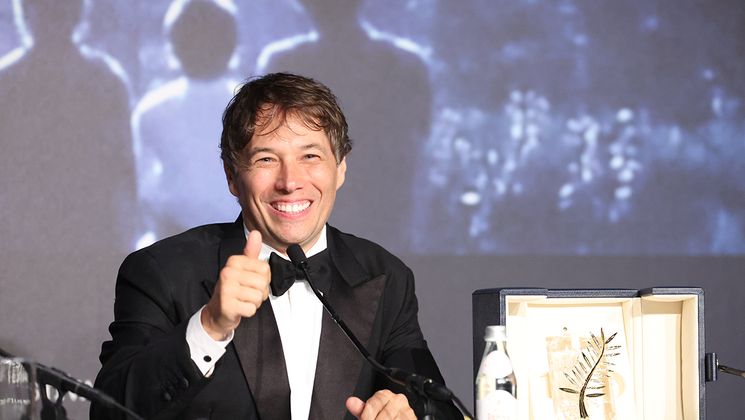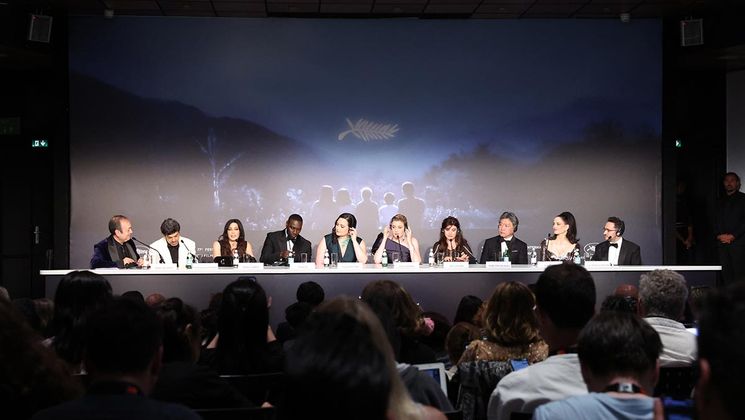
Interview with Juan Antonio Bayona, Member of the Feature Film Jury

He scared us to the point we couldn’t sleep with his horror film, El orfanato (The Orphanage), put us through a tsunami in The Impossible, directed dinosaurs in Jurassic World: Fallen Kingdom and plunged us into the psychological anguish of a plane crash in the Andes for La sociedad de la nieve (Society of the Snow). A member of the Feature Film Jury chaired by Greta Gerwig, Spanish director Juan Antonio Bayona reveals, candidly, how he sees cinema. Interview.
You made your name with a genre film, El orfanato (The Orphanage). What attracts you to this kind of horror fantasy material?
I’m attracted to the genre because it allows you to express whatever you like and to have all the tools at your disposal, i.e. photography, colour, texture, music and sound. There’s also something to do with the context of the family that mystifies me. If we look back at the generations that preceded us in Spain, we can see a lot of fear and silence. Something about that attracts me. I remember that, when I made Jurassic World, I incorporated the image of Nosferatu approaching the main character with his claws. One day, I interviewed my father and asked him about the first image he’d seen in the cinema and he remembered seeing gothic actor Bela Lugosi make the same hand gesture. I think there’s something there that’s passed on from father to son, from generation to generation in a mysterious way.
What kind of fear do you mean?
I think that, in Spanish society, there have always been a lot of fears, and it’s also a story of class, as class determines our relationships with others. When I think back about my own family, there was so much poverty in Spain that we weren’t living; we were surviving. There was no time to build bonds, to leave room for sensitivity and emotion. For example, my father has always been an artist. He used to love painting and cinema and I think that, when he sees my films, he sees this artistic calling fulfilled in me in a certain way. I’m always looking for emotion and, in a way, I try to express what I haven’t been able to express in the context of my personal life through film.
The film La sociedad de la nieve (Society of the Snow) is incredibly faithful to the Uruguayan style of the 1970s: the café in Montevideo, the airport, etc. How did you achieve this level of accuracy?
Lots of documentation and hours’ worth of interviews with survivors, families, friends and the army. And close attention to detail, too. For example, back then, wool sweaters were hand-knitted and the costume designer knitted them all by hand.
It was very important to contextualise things properly. When one of the survivors had to speak at a press conference after they got back, he was very scared. One of the teachers at the religious school they attended told him: if you explain the context, everyone will understand. It was a great lesson for me in terms of filmmaking, because if I could convey to the audience the context of what they’d experienced, both in the snow and beforehand, viewers would understand what they did in the mountains.
Can you tell us about the screening for the families?
We hadn’t shown any of the script to the survivors or their families and we were all very nervous. A week before the world premiere, I decided that they had to see the film before anyone else. We arranged separate screenings in Montevideo: one for the families of the deceased and another for the survivors and their families. However, one of the survivors, Gustavo Zerbino, told me that we had to screen the film for both together, as the living and dead were always apart and that it had become a taboo over time. I said, “Perfect”. Everyone applauded. Some people hadn’t talked about it for 50 years and it brought them together.
Is it fair to say that disasters interest you?
What interests me is when the ordinary becomes extraordinary. As such, disasters are very interesting from a dramatic point of view because they represent a very abrupt shift, a total U-turn from who we are before being faced with life and death. The disaster genre was one I ventured into by chance. I was making The Impossible (2012) when Pablo Vierci’s book, which inspired Society of the Snow, was published and I became interested in the story.
What’s your next project?
It’s an adaptation of “A Sangre Y Fuego. Héroes, Bestias Y Mártires De España” (“Blood and Fire. Heroes, Beasts and Martyrs of Spain”) by Manuel Chávez Nogales, which is considered one of the greatest books about the Spanish Civil War. Written in 1937, it’s an extraordinary and uncomfortable work, one that disappeared before being rediscovered almost 60 years later, which sheds light on the barbarity of both sides. It offers a human approach to a very complex conflict.



